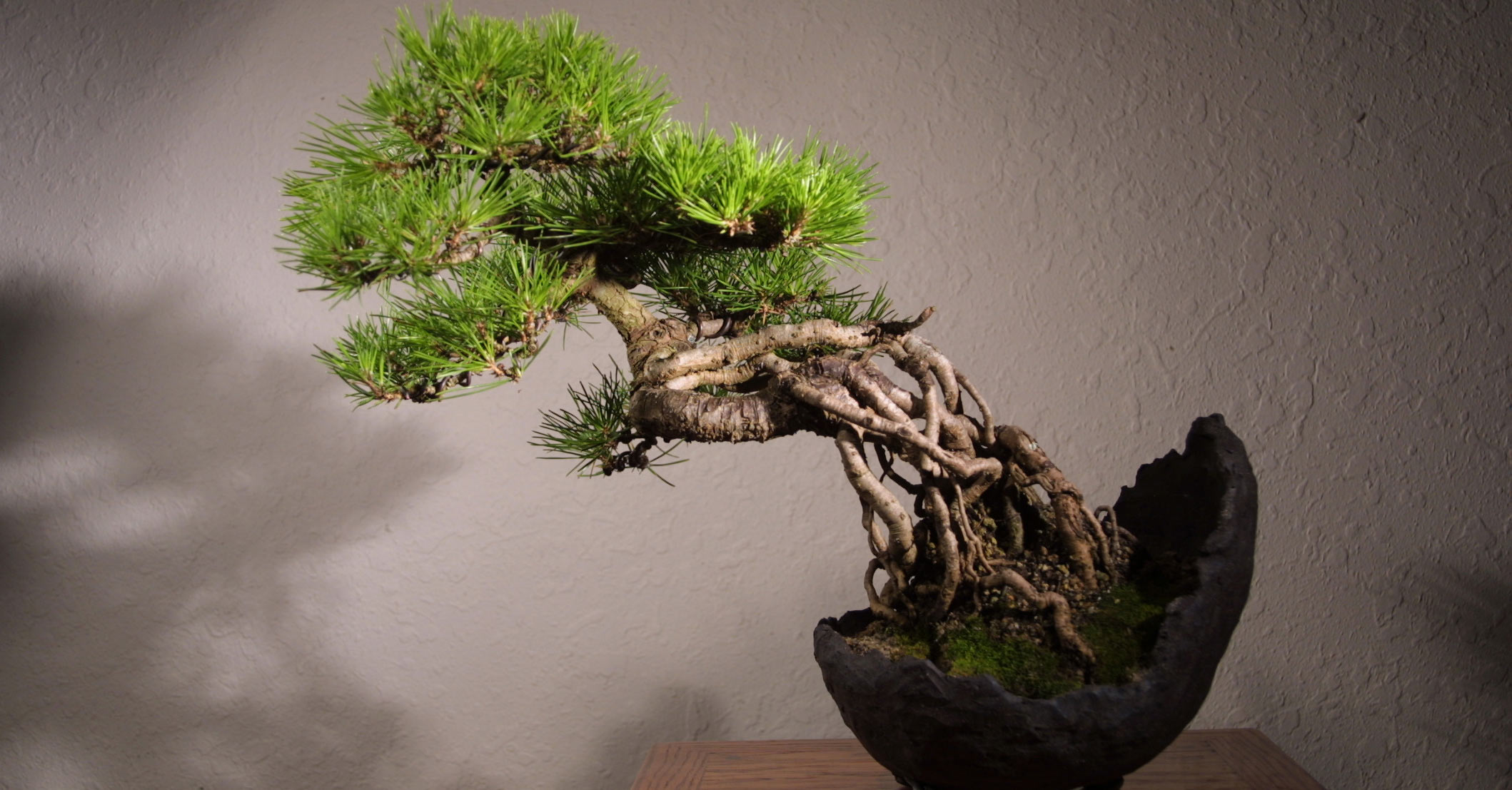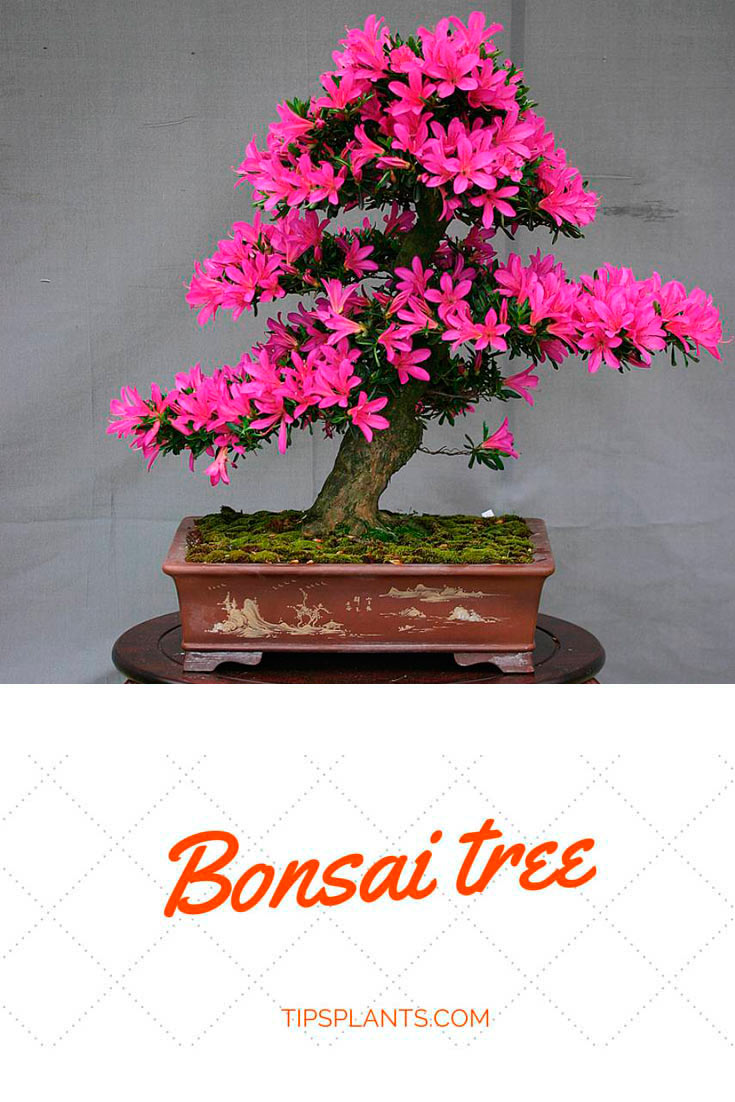When you know what to plant next to this or...
Japanese Art of Growing a Miniature Tree: Symbolism and Meaning
You must have heard the word “bonsai” thousands of times but like a lot of other people you may be not sure what the real meaning of bonsai tree is. This is a Japanese art form that was actually shown in China (the art was called penjing) more than a thousand years ago. Like any other form of art, it discloses emotions and communicates ideas and, no doubt, is robust with symbolism. There is a subliminal message in every detail.
The color you choose as well as accessories represent the hues which are found in the wild. Branches twists and turns reflect the concept of age. The type of tree you go for is also very symbolical.
The overall design of a miniature piece of nature symbolizes balance, simplicity and harmony.
Balance is of crucial importance in bonsai aesthetics. The triangle, which is used in design, is associated with strength and stability. Pay attention to the fact that this triangle is isosceles, which means that it has unequal sides. Why don’t the Japanese opt for symmetry, you may ask. The thing is that they choose imperfection deliberately. A triangle with even sides is considered to be passive an motionless while asymmetry represents movement and thus represents the continuation of life.
Simplicity is highly valued in Japanese culture, Less is more here. Simplicity is symbolized by an unadorned pot that bonsai grows in. The color of the container is normally a neutral one.
The appreciation of harmony is obvious if you take a close look at the shapes and textures of the tree. Everything in the composition –curves and fair lines, crooked corners and pointed ends – represents nature’s harmonious coexistence.












